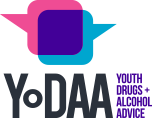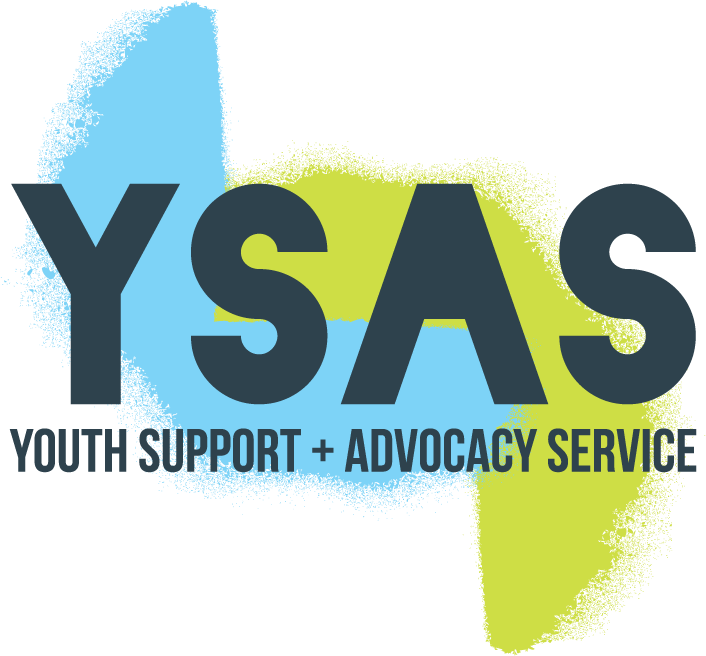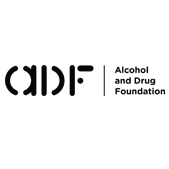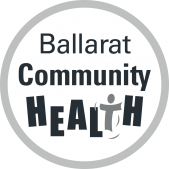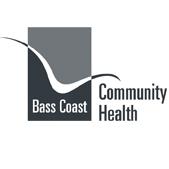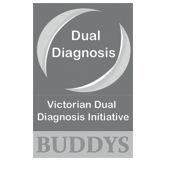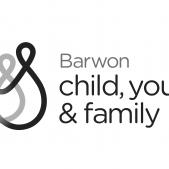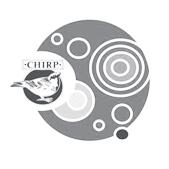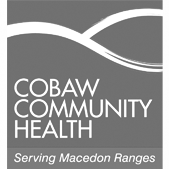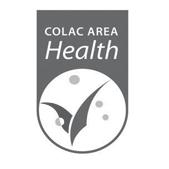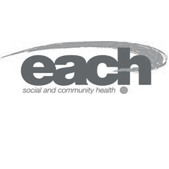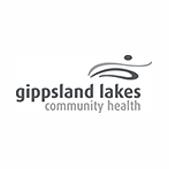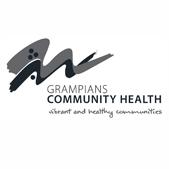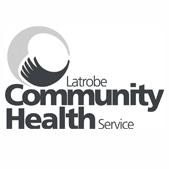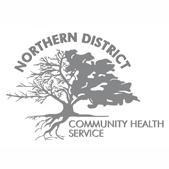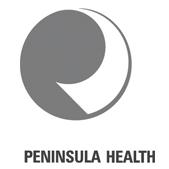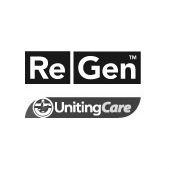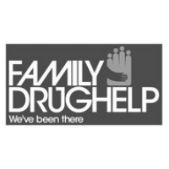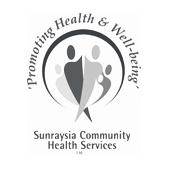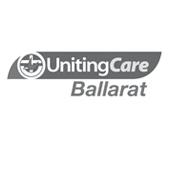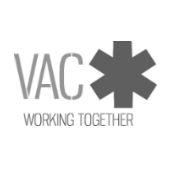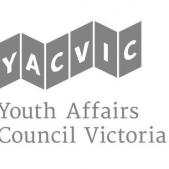Youth AOD Work
What is youth AOD work?
Youth AOD work is not limited to support provided by specialist Youth AOD services. All youth workers should be in a position to support, in some way, a young person who uses drugs or alcohol.
All youth workers are likely to engage in AOD work to some extent, considering a client’s drug use may only be one element of a constellation of things in their life.
The aim of Youth AOD work is to assist the young person to reduce their reliance on substances to cope, and/or to reduce the harms associated with their drug use. As well as seeking to eliminate harms, Youth AOD work aims to increase the number of coping alternatives available to young people. These include working to increase and strengthen protective factors in a young person’s life. AOD work is focused less on drug use and more on the use’s function.
Effective youth AOD work must focus on the young person’s goals. The practitioner needs to value and respect the client’s self-determination and commit to providing a safe, supportive and non-judgmental therapeutic relationship.
Effective services are characterised by:
- Commitment to harm-reduction principles
- Flexible models of service delivery such as outreach
- A holistic approach to a young person’s health and wellbeing
- Assertive and proactive approaches
- Engagement with sub-populations, i.e. homeless youth, young people in out-of-home care
- Programs that aren’t limited to a specific number of sessions.
Youth AOD work aims to help the young person progress to where they’d like to be. It must start where the young person is, and acknowledge and understand the factors and influences in the young person’s life.
For a deeper look at this topic, check out the Youth AOD Toolbox section “What is youth AOD work”
